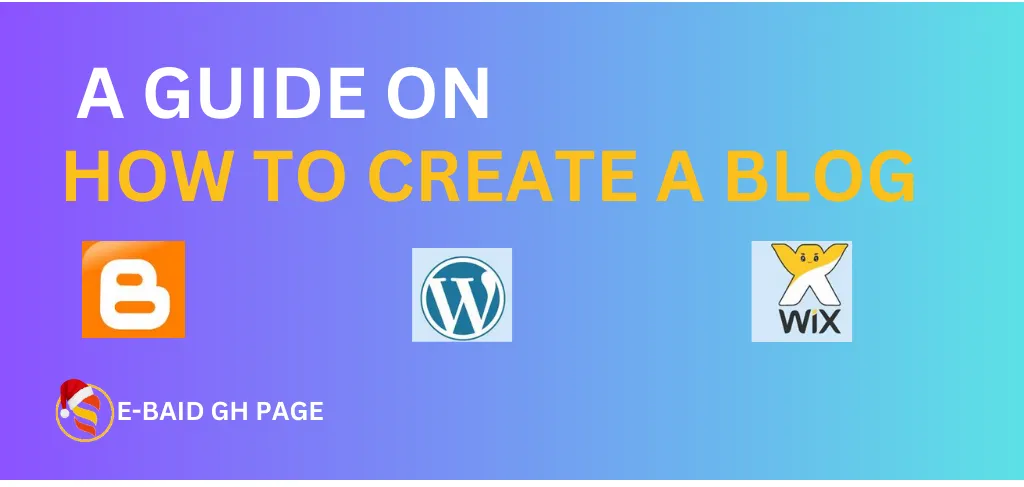Step 1: Define the Purpose and Target Audience of Your Blog
Before delving into the technical aspects, it is crucial to establish the purpose of your blog and identify your target audience. Determine the topics you wish to write about and the individuals you want to reach with your content. This will help tailor your blog to meet the needs and interests of your intended readers.
Step 2: Select a Blogging Platform
Numerous blogging platforms are available, each offering its own features and customization options. Some popular choices include WordPress, Blogger, and Wix. When selecting a platform that aligns with your requirements, consider factors such as user-friendliness, design options, scalability, and SEO capabilities.
Step 3: Register a Domain Name
The domain name serves as the unique web address for your blog. Choose a domain name that is memorable, reflects your blog's content, and is easy to spell. Many blogging platforms simplify the registration process by offering domain registration services. Alternatively, you can register a domain through a third-party provider and connect it to your chosen blogging platform.
Step 4: Choose a Hosting Provider
A hosting provider stores your blog's files and makes them accessible on the internet. Find a reliable hosting provider that ensures good uptime, fast loading speeds, and excellent customer support. Many blogging platforms provide their own hosting services, or you can opt for a separate hosting provider and configure it with your blog.
Step 5: Install and Customize Your Blog's Theme
After selecting a platform and setting up hosting, it is time to choose a theme for your blog. Themes influence the layout, design, and overall appearance of your blog. Browse through the available options and select a theme that aligns with your brand and offers a user-friendly experience. Customize the theme by adding your logo, colors, and any desired additional features.
Step 6: Create and Organize Content
Now, it is time to create the content that will populate your blog. Plan your content strategy, including the types of posts you wish to publish and the frequency of updates. Organize your posts into categories or tags to facilitate easy navigation and help readers find relevant content.
Step 7: Install Essential Plugins
Plugins are add-ons that enhance the functionality of your blog. Install essential plugins to optimize your blog for search engines, improve security, and enhance user experience. Popular plugins include Yoast SEO, Akismet for spam protection, and social sharing buttons.
Step 8: Promote Your Blog
While creating compelling content is crucial, promoting your blog is equally important to attract readers. Utilize social media platforms, email marketing, and SEO techniques to drive traffic to your blog. Engage with your audience, respond to comments, and collaborate with other bloggers to broaden your reach.
READ MORE :Effective Ways to Obtain AdSense Approval Easily










